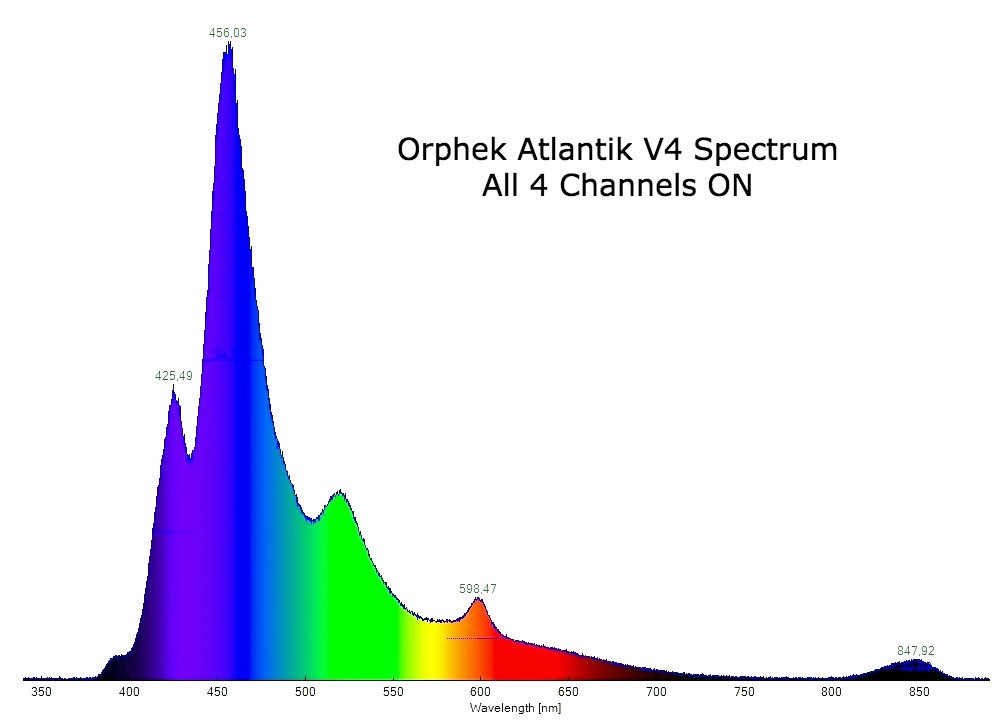I set up my new tank in April. It's 8x2x2 = 240g with basement sump in the basement. There is a full build thread in here as well (https://www.reef2reef.com/threads/new-tank-build-for-a-new-house.322041/). On the recommendation of the person I retained to build and install the tank I went with a LED/T5 hybrid solution made up of 4 AI Prime HD evenly spaced out over the tank. These are supplemented with 4, 2 bulb 36" T5 units placed on either side of the AI units. I'm going for an SPS dominated tank. I have been very hesitant in adding SPS to this tank as I wanted to make sure the tank was ready. I waited until Colarline was growing on my new rocks before taking a chance and adding some frags. I have been less than thrilled with my results and have already lost 4 of 10 frags... After watching the BRS review of the AI prime HD I'm now VERY concerned that my lighting is insufficient. I have attached a picture of my current lighting setup.
I'm playing with the idea of adding an additional 3 units over the tank so that I will have approx 1 unit per foot of tank. Would I be throwing good money after bad money??? AM I better off scrapping my existing lighting and going with a better overall solution??
PLEASE HELP!!! My previous tank was all T5 and a lot simpler for me to understand....

I'm playing with the idea of adding an additional 3 units over the tank so that I will have approx 1 unit per foot of tank. Would I be throwing good money after bad money??? AM I better off scrapping my existing lighting and going with a better overall solution??
PLEASE HELP!!! My previous tank was all T5 and a lot simpler for me to understand....



















